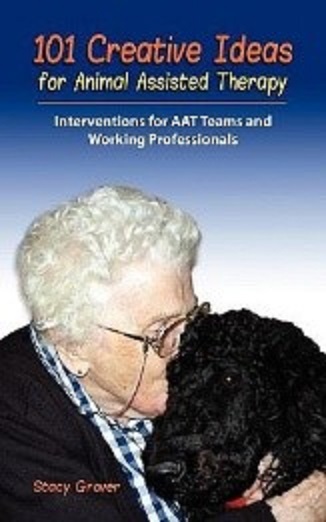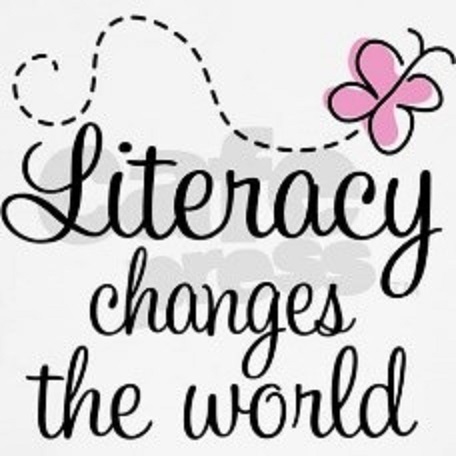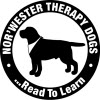MORE CREATIVE WAYS TO USE A THERAPY DOG
“IDEAS FOR INCORPORATING ANIMAL-ASSISTED INTERVENTIONS” (taken from 101 Creative Ideas for Animal Assisted Therapy by Stacy Grover)

LET’S TALK: A therapy dog team working under the direction of a professional can facilitate discussion on many topics.
Commonalities: This is a very powerful metaphoric tool in the hands of skilled therapists. Using carefully selected children’s literature or actual or contrived stories about the animal, discuss feelings or situations that apply to the student’s needs/goals. Have the student identify times when (s)he has felt the same as the animal in the story. Then discuss helpful ways for the animal and the student to deal with those feelings.
LEARNING: There is a multitude of ways a therapy dog team can be used to enhance the educational environment.
Research: Have the student study the therapy dog and think of a question that could be answered by doing research. Students can research in books, online, through personal observation, and interviewing experts in the canine field. Examples of questions could be how dogs care for their young, their roles in packs, how they communicate with each other, the history of a specific breed, how their sense of smell works, and what is involved in training a dog to do therapy dog work. After the research is completed the student can give an oral presentation, write a report, create a pamphlet, or develop a power point presentation to teach their audience what they learned about their topic.
“SIX IDEAS FOR LITERACY MOTIVATION” (taken from the R.E.A.D. Manual, Intermountain Therapy Animals, Salt Lake City, Utah, 11th edition, 2012)

The Six C’s of Literacy Motivation: Teachers often rely on therapy dog handlers to help reinforce these techniques while a student is reading to a therapy dog.
CHOICE: Allow the student to select high-interest materials
CHALLENGE: Match materials to the child’s reading level, depending upon whether the child is reading independently or with support.
CONTROL: Let the student control the book, such as deciding when to turn the page, when to linger over an illustration, or when to stop and talk.
COLLABORATION: Approach reading with a “conspiratorial” attitude of “we’re in this together, we’re going to be successful in the challenge of learning to read well.”
CONSTRUCTIVE COMPREHENSION: — Urge the student to keep making sense of what they read and pay attention to places where the student may become confused.
CONSEQUENCES: Demonstrate the positive outcomes of reading such as having something interesting to talk about, getting useful information, finding answers to questions, a sense of accomplishment, or interaction with the therapy dog.



